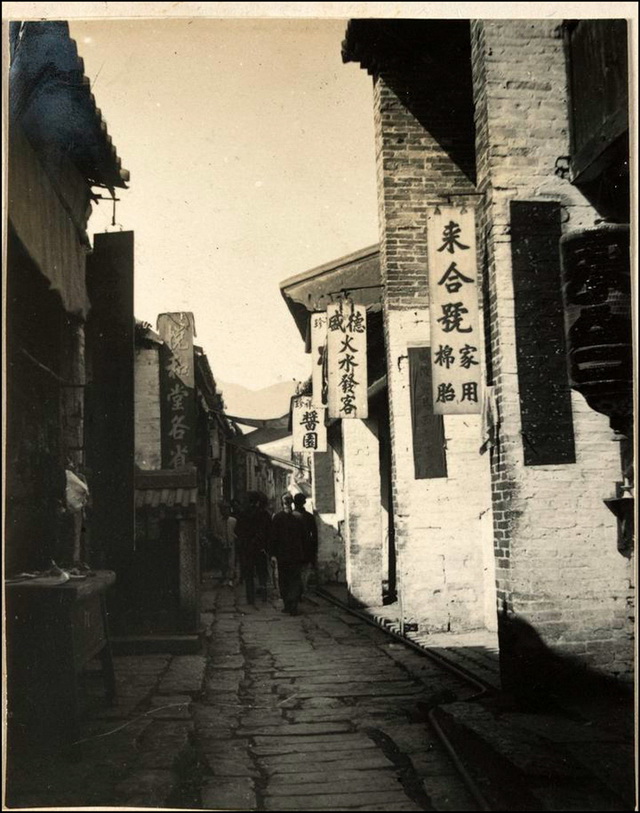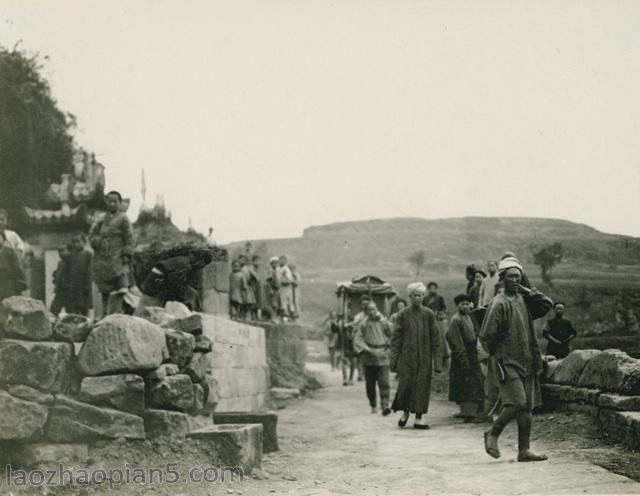[Rhinoceros horn gall carving cup]
Rhinoceros horn gall carving cup, clear, 7.4 cm high, 12.6-8.7 cm caliber, 4.3-3.9 cm foot diameter
The cup has a wide mouth, a thin waist, a closed bottom, a slightly elliptical rim, irregular, and slightly elevated flow part. The overall shape and decoration of the cup are like truncated old stumps. The inside of the mouth is smoothed, and the tail opposite to the flow is raised into a convex prism. The wall of the cup looks like the cortex behind the hollow trunk, and is decorated with shallow relief as the main technique to carve the crevice scar of the gall, which is quite unique. Most of the outer wall is light, and only a few small bumps are embossed locally. There is peeling old skin on one side, and the edge is longitudinally formed with yang lines. The large and small galls are densely embossed on the cup, which are overlapped and interlaced with each other, full of patterned decoration effect. Gall was originally a tree disease, but in ancient China it was highly valued for its various patterns and textures. Gall wood carving even became an independent variety of wood carving. The tree gall as a decorative theme is also reflected in the rhinoceros horn carving, and this gall cup is one of the more prominent.
![图片[1]-Rhinoceros horn carving gall cup-China Archive](https://chinaarchive.net/Qing dynasty/Bamboo and wood tooth gourd/18027[1024].jpg)





![[Qing Dynasty] British female painter—Elizabeth Keith, using woodblock prints to record China from the late Qing Dynasty to the early Republic of China—1915-China Archive](https://chinaarchive.net/wp-content/uploads/2022/11/image-191x300.png)